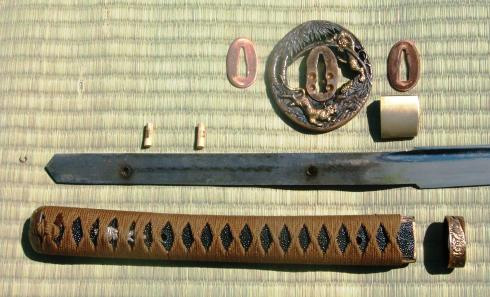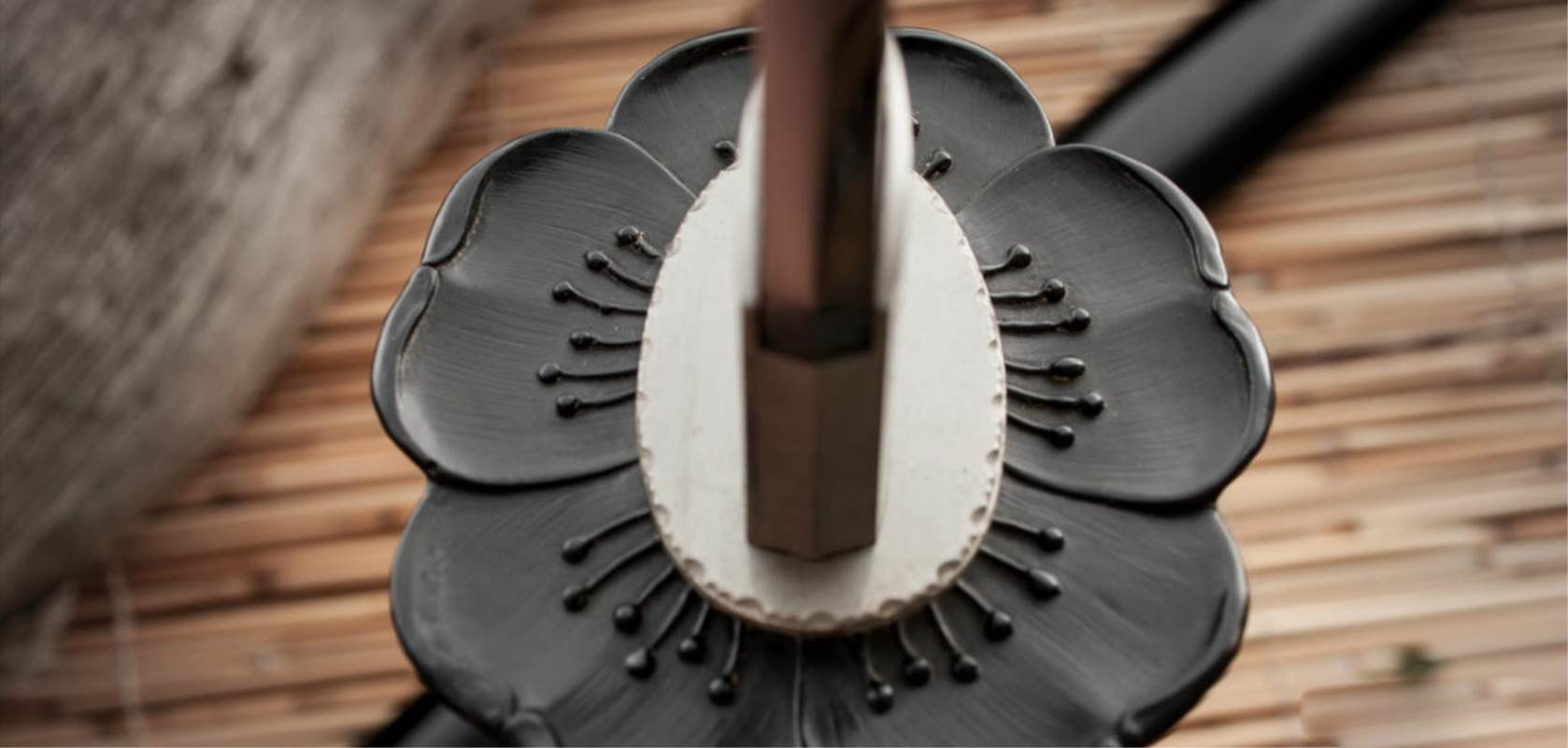The 3 components of the hilt


The hilt is the part where the bottom of the sword connects with the blade. A sword includes more than a blade; it requires several other components found in the hilt.
Guard
The guard(Tsuba) is an elongated metal strip located between the blade and the handle. Depending on the specific type and manufacturer of the sword, it may consist of horizontal metal strips on both sides of the blade, or it may be completely wrapped around the blade. The protective cover is usually covered with a soft material, such as leather, to protect the user's hands from injury.
In the Middle Ages, guards on the sword were not particularly necessary. This is because most fighters wear shields and/or armor handguards to protect their hands. However, when these protective accessories began to appear, there was an increasing need to equip the sword with a guard so that the individual would not cut his hand.

Grip
Right below the guard on the sword is the grip. This component acts as a handle, allowing the user to hold the sword firmly. The grip is usually made of wood or metal and covered with a soft material such as leather or rayskin.
Of course, some newer swords have rubber grips, which became popular around the 1850s. The rubber is soft, durable, and provides excellent traction.
Traditional Japanese samurai swords have longer grips than usual. Since it was designed for two hands, the swordsmith designed the japanese sword. Since then, this feature has been present in the katana.
Pommel
The third component of the hilt is the crown. The pommel at the bottom of the grip is more than an ornament; it prevents the sword from slipping out of the user's hand. In addition, some European swords are designed with a heavy hammer head as a counterweight to make the blade swing larger; thereby increasing its power and cutting ability.
There are many styles of sword hilts, some of which include discs, crescents, wheels, rings and even animal heads.
In a nutshell, a typical sword hilt consists of three parts: the guard, the grip and the hilt. However, it is important to note that not all swords have these components. Different swordsmiths contain different components in the hilt. Nevertheless, this is the most common design configuration for sword hilts.
Discover the many attractive options available for Katana swords and custom swords.
Want a unique sword? Feel free to contact us:
Phone: 086 13739276006
Email: [email protected]
Website: www.hanbonforge.com
Custom Sword Page: www.hanbonforge.com/CUSTOM-SWORDS/Custom-Your-Own-Swords

Leave a Comment